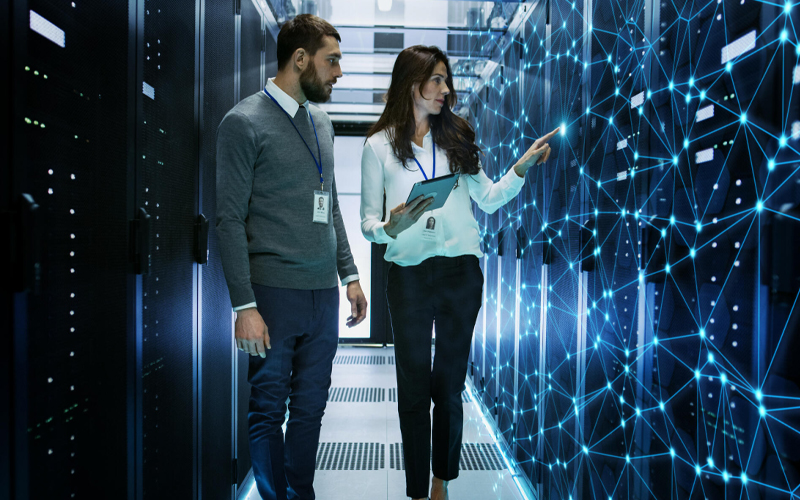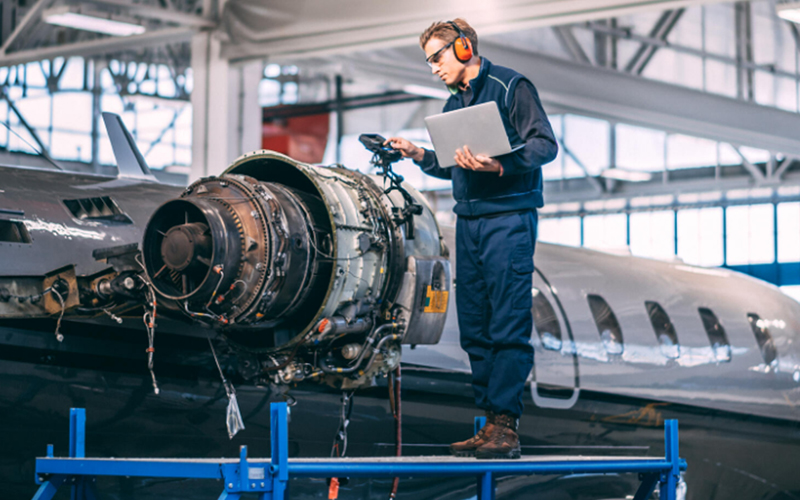Cities are experiencing a growing influx of people. According to the United Nations, by 2050, approximately 68% of the world's population will be urbanised. This rapid urbanisation is placing significant strain on city infrastructure and operations, necessitating the implementation of digital solutions.
Digital solutions make elements – gadgets, devices, homes, or entire cities – more efficient, user-friendly, accessible, adaptable, and more "smart". When cities become "smart", they proactively address urban issues and prepare themselves well for the future.
Smart cities are characterised by their innovative use of digital technologies to enhance various aspects of urban life, from transportation and energy management to healthcare and governance. The fundamental goal of a smart city is to improve the well-being of its residents while promoting sustainability and efficiency.
Technology’s hand in smarting up cities
The fundamental necessity of a smart city is a robust digital infrastructure. This comprises high-speed internet access, wireless networks, sensors, the Internet of Things (IoT), artificial intelligence (AI), analytical tools, cybersecurity systems, etc.
Technology enables data-driven decision-making that enhances various aspects of city management such as these:
-
Smart governance: This involves using digital technology to improve government operations, enhance transparency, and engage citizens in decision-making processes. E-government platforms and data-driven policymaking are essential components of smart governance.
-
Smart mobility: Smart mobility focuses on efficient transportation systems. This includes the development of intelligent traffic management, public transportation networks, and the promotion of alternative modes of transportation, such as cycling and walking. Real-time traffic management, intelligent traffic lights, and public transportation systems with GPS tracking help reduce congestion, improve commuting times, and promote eco-friendly modes of transportation.
-
Energy efficiency: Smart cities recognise the need for energy management and conservation. Smart grids and energy-efficient technologies optimise energy distribution and consumption. Smart meters provide real-time data for consumers, helping them make informed decisions about their energy usage. Renewable energy sources like solar panels are integrated into urban infrastructure.
-
Green infrastructure: Smart cities prioritise green spaces and eco-friendly urban planning. This includes the use of technology to monitor and optimise irrigation in parks and gardens, as well as the implementation of green roofs and walls to improve air quality and energy efficiency.
-
Waste management: Waste management in smart cities is an integral component of urban sustainability and efficiency. Smart cities employ advanced digital technologies and data-driven approaches to transform waste management in several ways such as these:
- Smart bins equipped with IoT sensors monitor waste fill levels in real time. This data enables efficient waste collection schedules, reducing unnecessary pickups and optimising routes for collection vehicles.
- Analytical tools process data to predict waste generation patterns, aiding in resource allocation.
- Recycling programs help maintain cleanliness.
- Automated waste sorting and recycling facilities use robotics and AI to separate recyclables from non-recyclables. This reduces landfill burdens.
- Waste-to-energy technologies convert waste into electricity or heat, reducing the amount of waste sent to landfills and generating renewable energy.
- Smart waste management systems allow authorities to monitor operations in real time, respond to issues promptly, and make data-driven decisions for continuous improvement.
- Environmental monitoring: Smart cities deploy a network of sensors and IoT devices to collect real-time data on air quality, water quality, noise levels, temperature, humidity, and other environmental parameters.
Advanced analytics and machine learning algorithms help identify trends, anomalies, and potential issues.
For example, continuous air quality monitoring helps assess pollution levels and identify pollution sources thereby helping deploy improvement measures on time. Water sensors ensure safe drinking water and efficient wastewater management. Climate sensors track weather, supporting early warning systems for extreme events. In emergencies like floods or wildfires, environmental data triggers alerts sent to residents and emergency services, ensuring a swift response.
-
Safety and security: Safety and security in smart cities are proactive, data-driven, and community-oriented. Here are some methods smart cities employ to enhance protection:
- Advanced surveillance systems and video analytics monitor public spaces, traffic, and critical infrastructure, aiding in crime prevention and response.
- Integrated emergency response systems connect various agencies to respond quickly to incidents, with location-based services for precise incident reporting.
- Mobile apps enable residents to report incidents, request assistance, and receive alerts, fostering community involvement in safety.
- Data analytics and AI assist law enforcement in predicting and preventing crimes by analysing historical and real-time data.
- Smart cities foster community engagement through digital platforms, allowing residents to collaborate on safety initiatives.
When the daily functioning of urban activities, including traffic, air quality, water supply, energy provision, and safety, are no longer sources of inconvenience, it improves the quality of life.
Smart cities represent a promising vision of urban development, leveraging digital solutions to enhance all aspects of daily life. Through technological innovations, data-driven decision-making and sustainable practices, smart cities pave the way for a more comfortable and prosperous future. As these cities continue to evolve and adapt, they hold the potential to address urban concerns, improve residents' quality of life, and contribute to a more sustainable and connected world. The journey towards smarter, more livable cities is ongoing, with endless possibilities for innovation and improvement on the horizon.
* For organizations on the digital transformation journey, agility is key in responding to a rapidly changing technology and business landscape. Now more than ever, it is crucial to deliver and exceed on organizational expectations with a robust digital mindset backed by innovation. Enabling businesses to sense, learn, respond, and evolve like a living organism, will be imperative for business excellence going forward. A comprehensive, yet modular suite of services is doing exactly that. Equipping organizations with intuitive decision-making automatically at scale, actionable insights based on real-time solutions, anytime/anywhere experience, and in-depth data visibility across functions leading to hyper-productivity, Live Enterprise is building connected organizations that are innovating collaboratively for the future.







